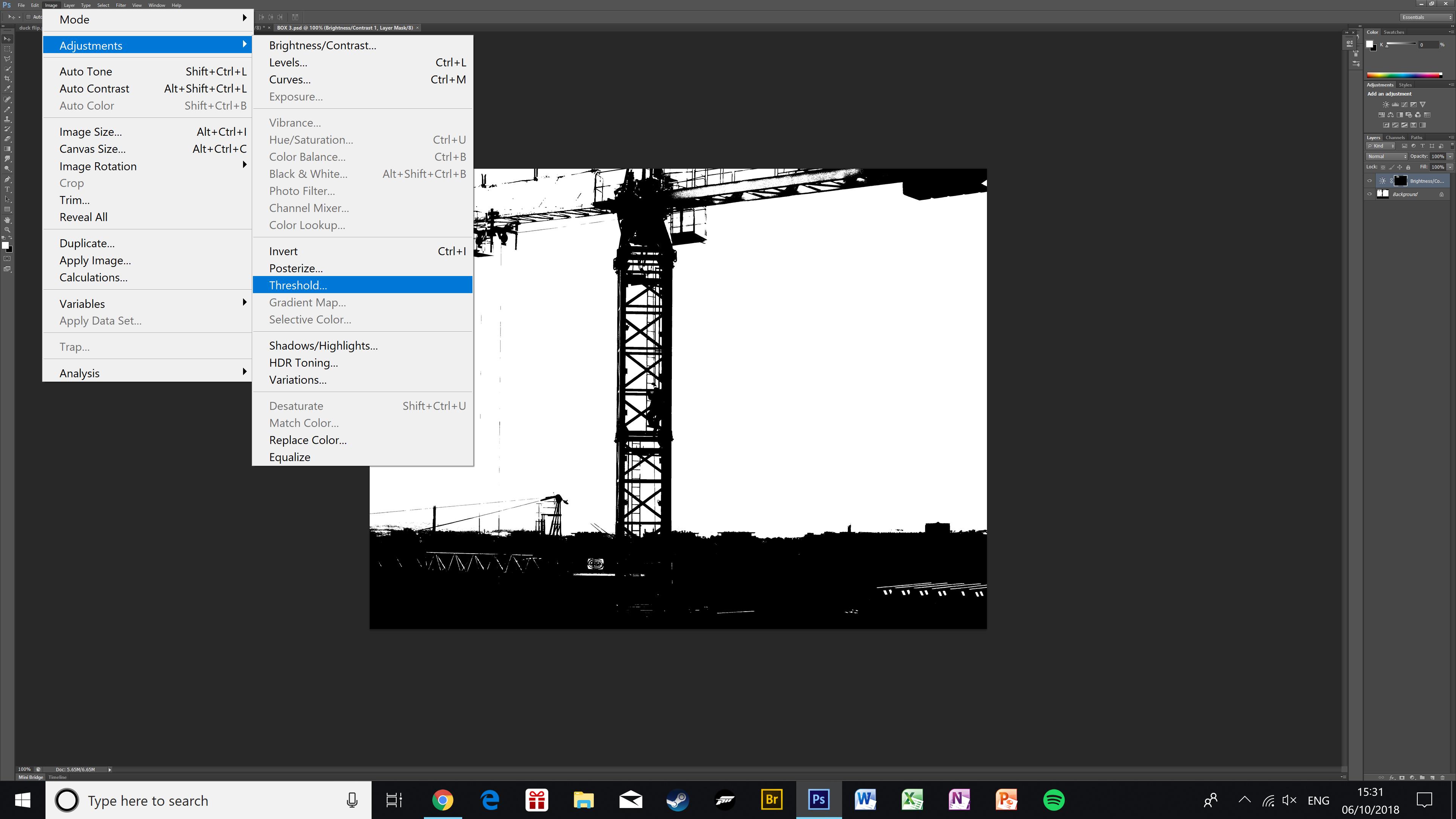Keld Helmer-Petersen was a Danish Photographer who passed away on March 6, 2013.
He was born on August 23, 1920 in Copenhagen (the capital of Denmark) which is also where he grew up. He started taking photographs in 1938 when he received a Leica camera as a graduation present. The international prospect and an interest in contemporary art and architecture contributed to the fact that at the age of 23 Helmer-Petersen began to work with an abstract formal language. Inspired by the Bauhaus and Albert Renger-Patzsch, he published in 1948, the bilingual book ‘122 Farvefotografier/122 Colour Photographs’. Today, the book is considered to be a pioneering work in the area of colour photography.
Helmer-Petersen’s ‘122 Colour Photographs’ gave him a grant from the Denmark–America Foundation to study at the Institute of design in Chicago. During his stay at the school, he both taught and studied under the American photographer Harry Callahan. Helmer-Petersen began to experiment with the contrast in graphic black and white expression influenced by constructivist artists and their fascination with industry’s machines and architecture’s constructions.
Helmer-Petersen’s approach to photography was by and large experimental and explorative. He worked on the borders of what we normally consider to be photography. Among other things, throughout his career he worked with “cameraless” photography, the photogram (which is a darkroom technique in which objects are put directly on light-sensitive photograph paper). His curiosity about pushing the limits of the media was expressed in several experimental short films, including Copenhagen Boogie from 1949.
In his last works, Helmer-Petersen experimented with digital technology. In so doing, he returned to the black and white graphic expression. From 2008 up until his death, he placed a variety of old negatives and found objects such as insects, wires, etc. on a flatbed scanner in order to treat them digitally. This process resulted in the experimental trilogy: Black Noise (2010), Back to Black (2011) and Black Light (2014) which was published after his death.
My response:



I have repeated this process for the following images to achieve the same style.



